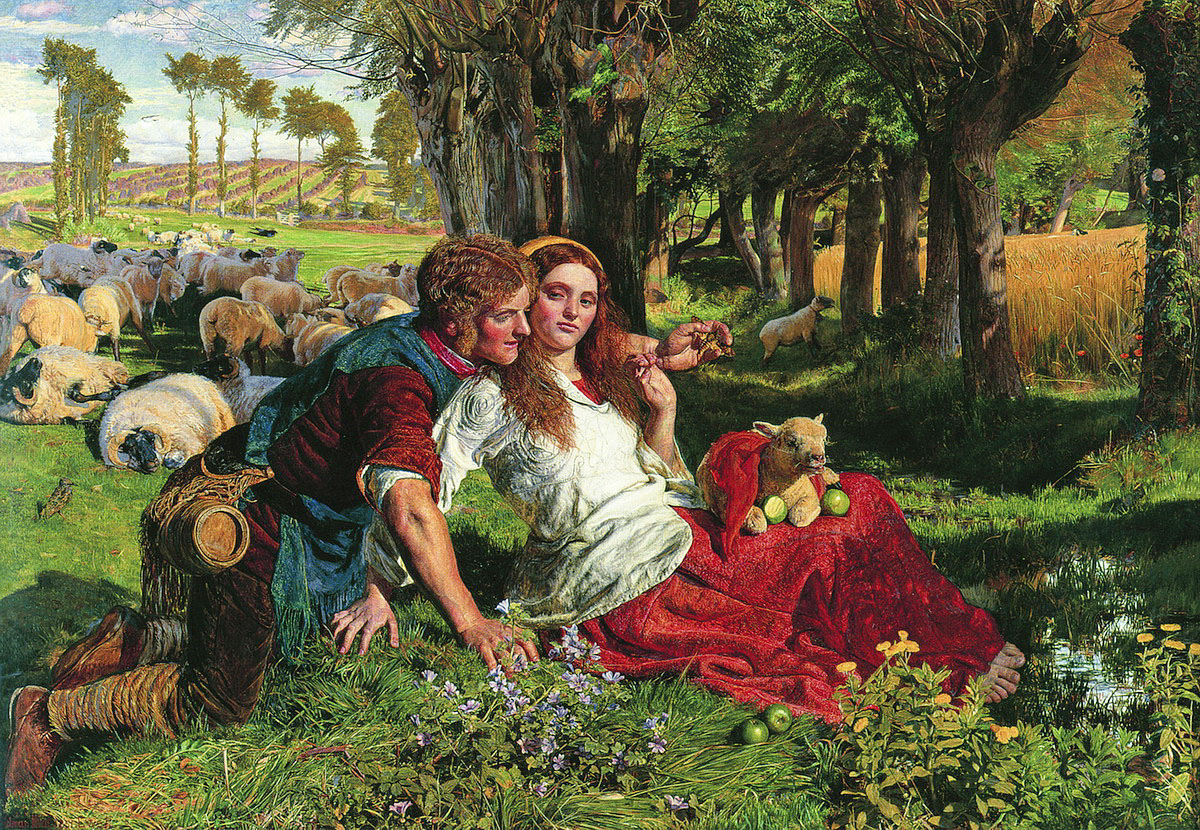In 1900, the future novelist Natsume Soseki — then a scholar of English literature — arrived in London to commence two years of study abroad. Back in Japan, his best friend, the renowned haiku poet Masaoka Shiki, had — as explained in the first installment of this series — adopted the painterly concept of "sketching from life" as a means of injecting fresh realism into haiku and tanka poetry. Now prose writers, too, Soseki included, were being encouraged by Shiki's circle to "sketch from life."
Soseki dutifully created his first prose work entitled "Letter from London," an invaluable portrait of his boarding house life in London around Easter 1901. He was requested to do more "sketching from life," but his pen fell silent as he claimed to be too busy with research.
"Sketching from life" did not appear to inspire Soseki in quite the same way as it did Shiki — and there was a reason for this. As Soseki exhaustively analyzed in his subsequent "Theory of Literature" ("Bungakuron"), literature seemed to him to be not just about describing the world around him, but also about the myriad literary techniques and styles that could be applied to the subject matter.

















With your current subscription plan you can comment on stories. However, before writing your first comment, please create a display name in the Profile section of your subscriber account page.